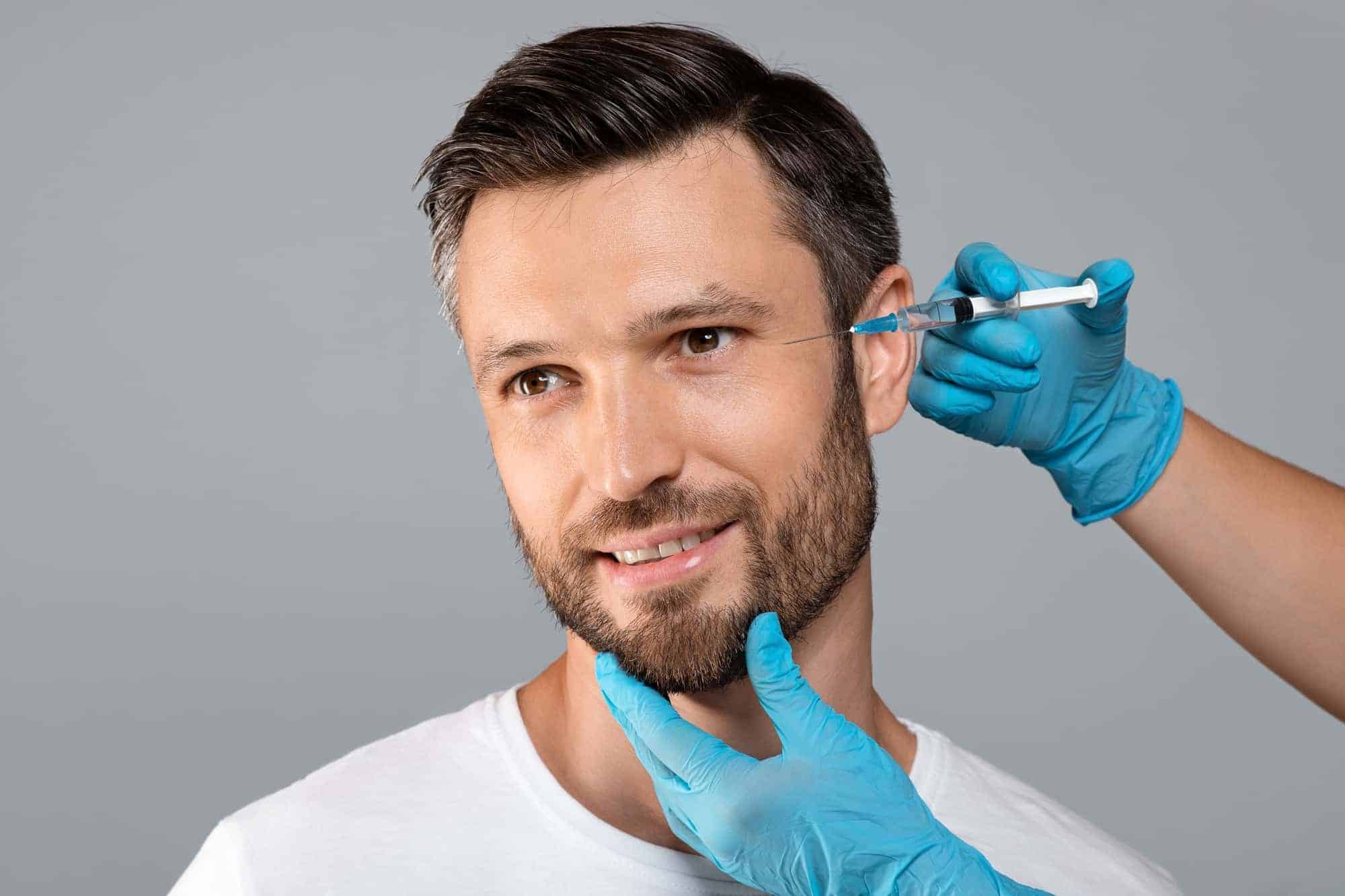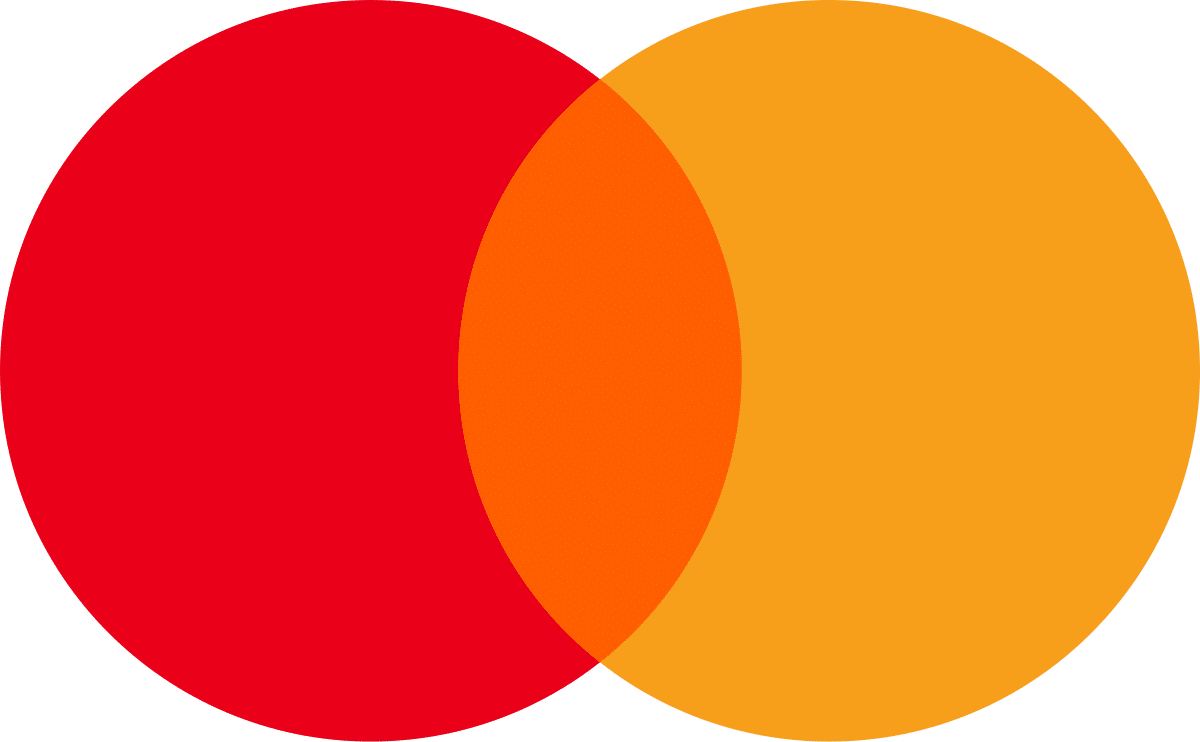
In a world where faces are the windows to our souls, our eyes often become the focal point of attention. They have the power to convey our emotions, reveal our innermost thoughts, and captivate those around us. It is no wonder, then, that any imperfection or sign of aging around the eyes can be noticed in an instant.
Choosing the best under-eye filler becomes paramount in our quest for stunning eye rejuvenation. These miraculous solutions have the ability to erase the telltale signs of stress, fatigue, and time itself, helping us achieve a more youthful and vibrant appearance. Whether it’s dark circles, hollows, wrinkles, or fine lines that trouble you, the right dermal filler can help.
How Dermal Fillers Work
Dermal fillers are a remarkable tool in the realm of cosmetic treatments, particularly when it comes to addressing under-eye concerns. These fillers work through a simple yet ingenious mechanism to achieve a stunning rejuvenation of the under-eye area.
The primary function of under-eye fillers is to restore volume and replenish lost elasticity to the delicate skin beneath the eyes. As we age, the natural production of collagen and hyaluronic acid, essential components in maintaining skin structure and hydration, gradually decreases. This leads to the formation of tears, wrinkles, and fine lines under the eyes, contributing to a tired and aged appearance.
Fillers for eye bags step in to replenish these depleted elements. They are biocompatible substances that are injected into the targeted areas beneath the eyes. Once injected, they work harmoniously with the surrounding tissues, integrating seamlessly to restore volume and support the skin from within.
The fillers essentially act as a scaffolding system, providing structural support to the under-eye area. By doing so, they smooth out wrinkles and fine lines, plump up hollows, and create a more even and youthful contour. Moreover, under-eye fillers also enhance hydration, helping to diminish the appearance of dark circles and improving the overall texture and tone of the skin.
What Can and Can’t Under-Eye Bag Fillers Treat?
Under-eye bag fillers can effectively address certain concerns, but it is essential to understand their limitations. Let’s explore the potential treatment areas and what they cannot effectively treat.
One common issue that under-eye fillers can address is the loss of volume. If a patient experiences a lack of volume or hollowness under the eyes, fillers can help restore the lost fullness and provide a more rejuvenated appearance.
However, under-eye fillers are not suitable for treating hyperpigmentation. If they have dark spots or discoloration, even the best under-eye filler injections alone will not be effective in resolving this concern. Other treatments, such as topical creams or laser therapy, may be more appropriate for dealing with this issue.
It’s important to note that if the patient has large under-eye bags caused by an accumulation of fat in the area, fillers won’t be enough. In such cases, a surgical procedure called blepharoplasty will be necessary. Blepharoplasty involves the removal of excess fat, muscle, and sagging skin to gain a more rejuvenated appearance.
To determine the underlying cause of dark circles and choose the most suitable treatment, it is advisable for a patient to first consult with a dermatologist. They can assess their specific concerns, provide a comprehensive evaluation, and recommend the appropriate course of action.
Types of Dermal Fillers
Now that we know what they are and how they are used, let’s look at the different types of dermal fillers available today. We will then see which ones are the best fillers for under the eyes.
There are four types of dermal fillers, all of which are biocompatible but range from temporary to permanent. Those are:
- Hyaluronic Acid (HA): These dermal fillers work by replenishing the diminished levels of natural hyaluronic acid in the skin due to aging. The gel-like consistency of HA fillers allows them to attract and retain moisture, effectively restoring volume and hydration to the under-eye area.
Spoiler: these are the best under-eye fillers. We’ll explain why in a moment.
- Calcium hydroxylapatite (CaHA): This type of dermal filler works by stimulating collagen production in the skin. It consists of tiny calcium microspheres suspended in a gel, providing immediate volume and structure while also promoting long-term collagen growth for natural-looking results.
- Poly-L-lactic acid (PLLA): PLLA dermal fillers work by stimulating collagen production in the skin over time. The biocompatible PLLA microparticles gradually dissolve and stimulate the skin’s natural collagen synthesis, gradually improving volume and smoothness.
- Polymethylmethacrylate (PMMA): PMMA fillers are made up of microspheres that remain permanently in the skin. These microspheres provide immediate volume, and over time, they stimulate collagen production. PMMA fillers are typically used for more severe wrinkles and volume loss, but since they are permanent, you should avoid using them for under-eye treatments.
Why Is Hyaluronic Acid Type the Best Dermal Filler for Under-Eye Bags?
A few things that can go wrong during or after the procedure. And, while all dermal fillers do the same thing, the HA is the only reversible dermal filler. This gives it a significant advantage in comparison to other fillers.
It’s not impossible for a filler to settle awkwardly and create a lumpy appearance instead of a more natural look. Lumps can form near skin puncture points. They usually go away after a couple of weeks, but sometimes they become semi-permanent lumps that stay until the body absorbs them completely. Then there’s the Tyndall effect, which causes bluish discoloration when HA filler is applied superficially. While none are life-threatening and will go away with time, they can seriously undermine one’s efforts to achieve the youthful look they are after.
One considerable advantage of HA fillers for under-eye bags is that they can be dissolved with hyaluronidase enzyme. In contrast, other fillers typically take between six months and two years to dissipate, and PLLA filler requires surgical removal.
Now that we know which type is the best, let’s take a look at which specific dermal filler is the best for under-eye treatment.
Best Dermal Filler for Under Eyes
We checked what is currently available on the market and compiled a shortlist of dermal fillers based on product composition, doctor recommendations, and patient experiences. All the products are FDA-approved, but their use as under-eye fillers is off-label.
- Restylane isn’t a new product on the market or a brand, but their basic HA dermal filler has the right balance of firmness and suppleness, combined with relatively low swelling. It managed to outperform newer brands and products by remaining reliable. Sometimes the original formula is good enough that it doesn’t need improving. That is why we consider Restylane to be the best filler for under eyes in 2023.
- Belotero Balance is the 2nd best choice out there. It’s remarkably pliable, and because of that, it doesn’t cause any lumping, but at the same time, that is also its downside. Due to its softness, it doesn’t provide the same results as Restylane. It’s still excellent for those looking to sort out their wrinkles and lines.
- Restylane Defyne has shown impressive results when addressing deep facial wrinkles and folds, as well as restoring volume, particularly when treating nasolabial folds. However, when utilized for under-eye hollows, it has yielded mixed results, indicating some variability in its effectiveness for that specific area.
- Juvederm Volbella evenly levels out the skin due to its relatively thin formula compared to the others on the list, which reduces swelling and prevents unnatural lumping.
- Restylane Refyne has shown excellent results when dealing with crow’s feet and has overall good results, but it simply can’t compete with the basic Restylane. It’s far too soft compared to the other best fillers for under-eye wrinkles.
Conclusion
To reach a conclusion, hyaluronic acid (HA) fillers, particularly those from the Restylane brand, are the top choice for the purpose of under-eye rejuvenation. The ability these products have to be reversed with hyaluronidase offers flexibility and peace of mind. Belotero Balance is a flexible alternative, while both Restylane Defyne and Juvederm Volbella provide mixed results for under-eye hollows. Restylane Refyne is most effective for crow’s feet reductions, yet the overall results fall short when compared to other top contenders.
Choosing the best filler for the under-eye area ultimately depends on the individual’s goals and needs. Sometimes, the patient may need a combination of different treatments to achieve their desired look.
FAQ
Which filler is best for under-eyes?
Restylane hyaluronic acid filler is the best under-eye filler you can find on the market.
Is Juvederm or Restylane better for under-eyes?
While both brands have their strengths and weaknesses. Restylane provides more cohesive results when used to rejuvenate the skin’s under-eyes.
What is the most natural filler for under-eyes?
While all dermal fillers are made from biocompatible materials, hyaluronic acid fillers produce the most natural-looking results.
References
- Effects of laser therapy on periorbital hyperpigmentation: a systematic review on current studies; Masoumeh Roohaninasab, Afsaneh Sadeghzadeh-Bazargan, Azadeh Goodarzi; Jan 2021
- Dissolving calcium hydroxylapatite filler with the use of sodium thiosulfate: A proof-of-concept clinical study; Deanne Robinson (MD); Sep 2018
- Calcium hydroxylapatite filler: an overview of safety and tolerability; Tatjana Pavicic; Sep 2013
- The role of calcium hydroxylapatite (Radiesse) in nonsurgical aesthetic rejuvenation; Paul F Lizzul and Vic A Narurkar; May 2010
- Hyaluronic acid gel fillers in the management of facial aging; Fredric S. Brandt and Alex Cazzaniga; Mar 2008
- Management of Tyndall Effect; Martyn King (MD); Nov 2016
- Dermal fillers in aesthetics: an overview of adverse events and treatment approaches; David Funt and Tatjana Pavicic; Dec 2013
- Evaluating hyaluronic acid dermal fillers: A critique of current characterization methods; Ploymanee Wongprasert, Cécile A. Dreiss, and Gillian Murray; APR 2022
- A Prospective, Observational Registry Study to Evaluate Effectiveness and Safety of Hyaluronic Acid-Based Dermal Fillers in Routine Practice: Interim Analysis Results with One Year of Subject Follow-Up; Bhojani-Lynch T, Deckers A, Ohanes O, Poupard K, Maffert P; Oct 2021
- Determination of Hyaluronic Acid Dermal Filler Impurities Using SEM/EDS Analysis; Won Lee ,Nark-Kyoung Rho, and Eun-Jung Yang; Mar 2023
Related Articles
Joanna Carr
Harmonyca vs Juvederm – A Thorough Comparison
Harmonyca combines calcium hydroxyapatite (CaHA) and hyaluronic acid (HA) to stimulate immediate volume and long-term collagen, making it ideal for de...
Joanna Carr
Earfold™ Allergan – Precautions Before And After Procedure
Interested to learn more about Precautions Before And After An Earfold™ By Allergan Procedure? Browse Doctor Medica's comprehensive listing of blog po...
Joanna Carr
The Science Behind Profhilo Before and After Transformations
Explore the transformative journey of Profhilo through the lens of scientific efficacy. Know how it revitalizes and rejuvenates the skin. Cick here!


